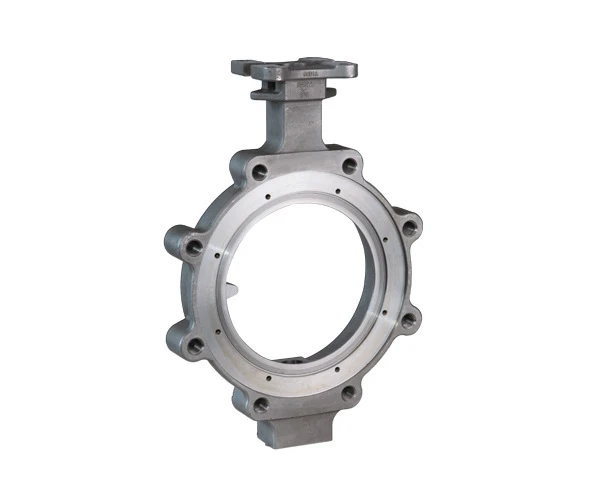sand casting price
Understanding the Factors Influencing Sand Casting Prices
Sand casting is a traditional method used in metalworking to create complex shapes and designs. This process involves pouring molten metal into a sand mold, which is then removed after the metal has cooled and solidified. While sand casting is widely used in industries ranging from automotive to aerospace, understanding the factors that influence sand casting prices is essential for manufacturers and consumers alike. This article explores the key elements affecting sand casting costs and offers insights into how one can manage expenses effectively.
1. Material Costs
The choice of metal used in sand casting plays a significant role in the overall cost. Common materials include aluminum, iron, and bronze, among others. Each material has a different pricing structure influenced by market demand, availability, and material purity. For instance, aluminum casting may be more expensive than iron due to its lightweight properties and resistance to corrosion. Fluctuations in metal prices can directly impact the cost of the casting process, making it essential for companies to monitor market trends and adjust their budgets accordingly.
2. Mold Complexity
The complexity of the mold design significantly affects sand casting prices. More intricate designs require advanced mold-making techniques, which can escalate costs. For simple shapes, manufacturers can use less expensive and less time-consuming methods. However, as designs become more detailed, costs can soar due to increased labor, longer production times, and the need for specialized tools. Companies should carefully evaluate their design requirements and work with engineers to optimize mold complexity while keeping costs in check.
3. Production Volume
Economies of scale have a substantial impact on sand casting prices. For large production runs, manufacturers can spread the costs of setup, labor, and equipment over a greater number of units, resulting in a lower per-item price. Conversely, small production runs often incur higher costs per unit due to the fixed overhead associated with mold creation and setup. Businesses should assess their production needs carefully; opting for larger batches when possible can yield significant savings in overall casting costs.
sand casting price

4. Labor and Overhead
Labor costs play a critical role in determining sand casting prices. Skilled labor is often required to create and manage the sand molds, pour molten metal, and perform quality checks. In regions where labor costs are high, the overall expense of sand casting can rise markedly. Additionally, overhead costs, including utilities, equipment maintenance, and facility operations, can contribute to the final pricing. Manufacturers looking to reduce costs should consider investing in training programs to improve worker efficiency and productivity.
5. Finishing Processes
Post-casting processes such as machining, polishing, and coating can significantly add to the final price of sand-cast products. The extent of finishing required often depends on the application of the casting. Components that require precision and a smooth finish will incur higher costs due to additional labor and equipment use. Buyers should clearly define their quality requirements and budget for these finishing processes upfront to avoid unexpected expenses later in the project.
6. Environmental Considerations
Increasingly, environmental regulations and standards are influencing sand casting prices. Compliance with local and national regulations regarding emissions, waste management, and resource usage can increase operational costs. Companies that adopt eco-friendly practices might incur upfront costs but can benefit in the long term from potential tax incentives and improved marketability.
Conclusion
Understanding the various factors that influence sand casting prices is crucial for both manufacturers and consumers. By carefully considering material costs, mold complexity, production volume, labor, finishing processes, and environmental impacts, companies can make informed decisions that affect their bottom line. While sand casting remains a cost-effective method for producing complex metal components, recognizing these elements can empower stakeholders to optimize their operations and manage expenses effectively. Ultimately, staying informed about market conditions and operational efficiencies will enable participants in the sand casting industry to navigate pricing challenges successfully.
-
Aluminium Pressure Die Casting High-Precision & Durable Solutions for Complex PartsNewsJul.08,2025
-
Top Aluminum Sand Castings Manufacturer – Precision Green Sand Castings for Industrial NeedsNewsJul.08,2025
-
Precision Lost Wax Casting Quotes – High Accuracy Custom Parts Lost Wax Precision Casting ServicesNewsJul.07,2025
-
High-Quality Sand Used for Casting - Superior Sand for Sand Casting ProcessesNewsJul.07,2025
-
China Supply High End Metal Stamping Parts Sino - Precision Manufacturing FactoryNewsJul.06,2025
-
High-Quality Automotive Investment Casting Services Precision & Sand Casting SolutionsNewsJul.06,2025















